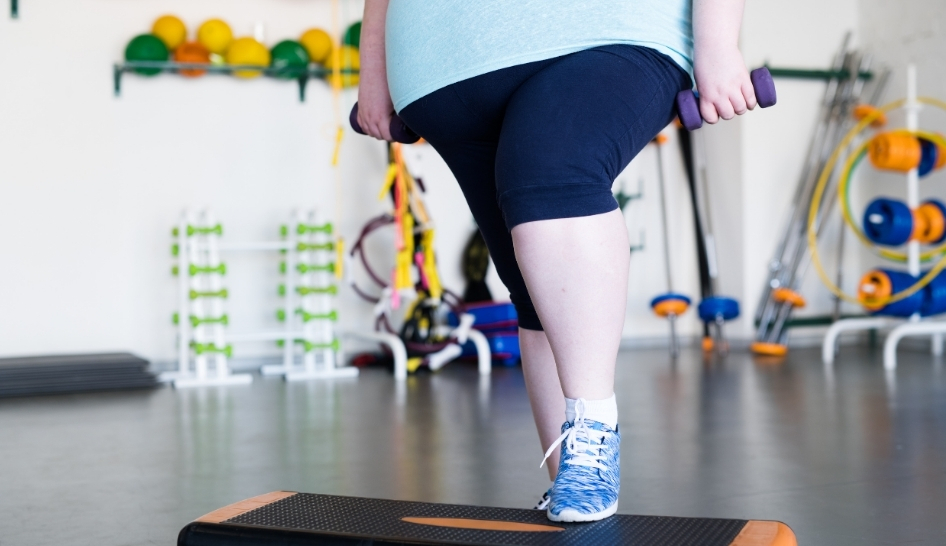To counter the misconceptions and negative news—and mark health clubs as essential businesses—IHRSA is meeting with medical and health policy experts to get their view on the matter. This article is the fourth installment in a series in which we will share expert opinions from medical, science, and public health professionals focusing on:
- exercising safely in clubs during a pandemic,
- how gyms play a significant role in keeping people healthy, and
- the overall health benefits of exercise.
We spoke with Russell Pate, Ph.D., professor of exercise science and director of the Children’s Physical Activity Research Group at the University of South Carolina and coordinator of the U.S. National Physical Activity Plan, to hear his perspective.
Physical Activity Can Help Prevent Avoidable Deaths
With the coronavirus pandemic causing a rift in daily life and the CDC’s (Centers for Disease Control and Prevention) release of the 2019 Adult Obesity Prevalence Maps, it is more critical than ever to help the nation adopt healthier lifestyles.
“It has long been well-recognized that higher levels of habitual physical activity are associated with reduced risk for developing multiple non-communicable diseases…[and] these diseases represent the major causes of death in our society,” says Pate.
In the U.S., non-communicable diseases account for seven of the 10 leading causes of death. And, as reported from the Global Burden of Diseases, Injuries, and Risk Factors Study (GBD), in 2017, 2,533,697 Americans died from factors related to non-communicable diseases—that equals 88.7% of all deaths reported in that same year.
Pate says, “Unfortunately, most Americans do not meet [the] current recommendations for physical activity, and low physical activity is responsible for more premature deaths than any condition aside from tobacco use.”

